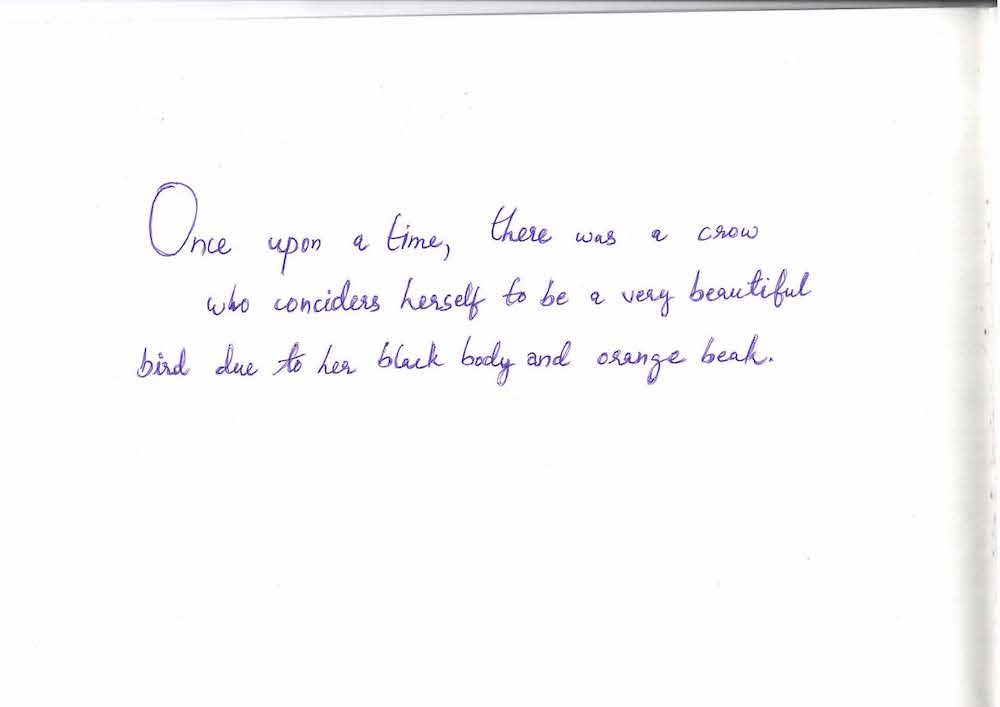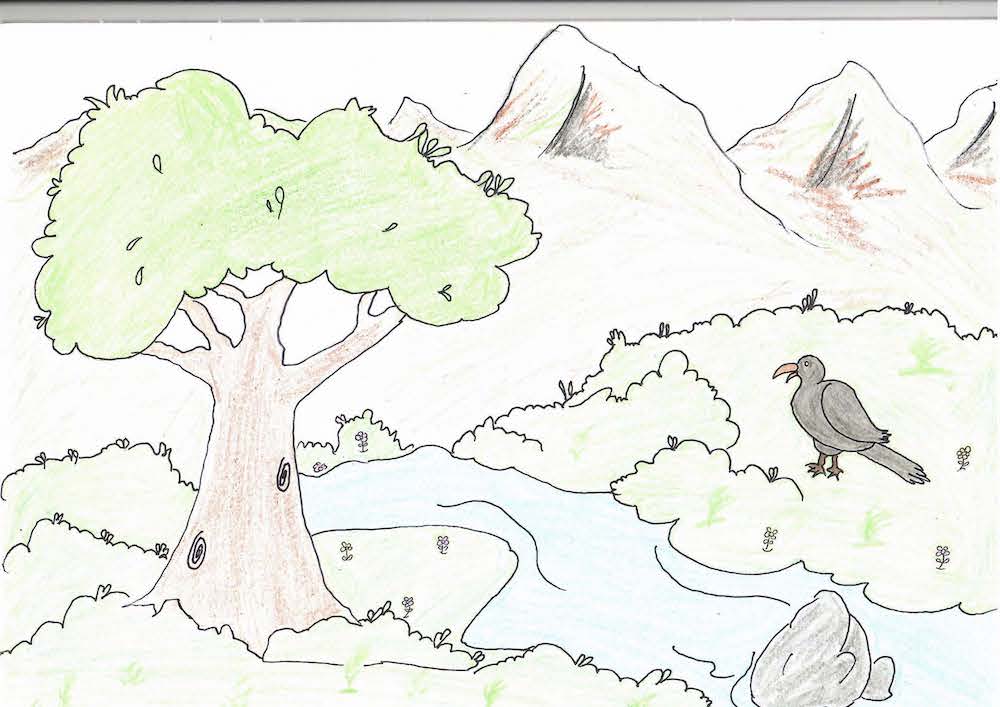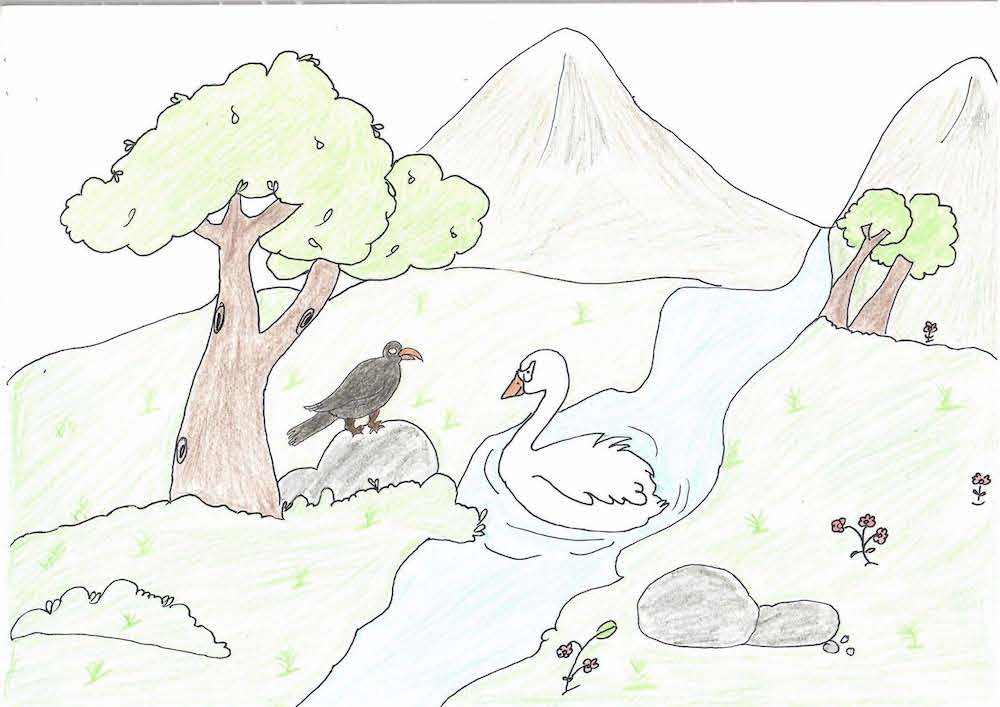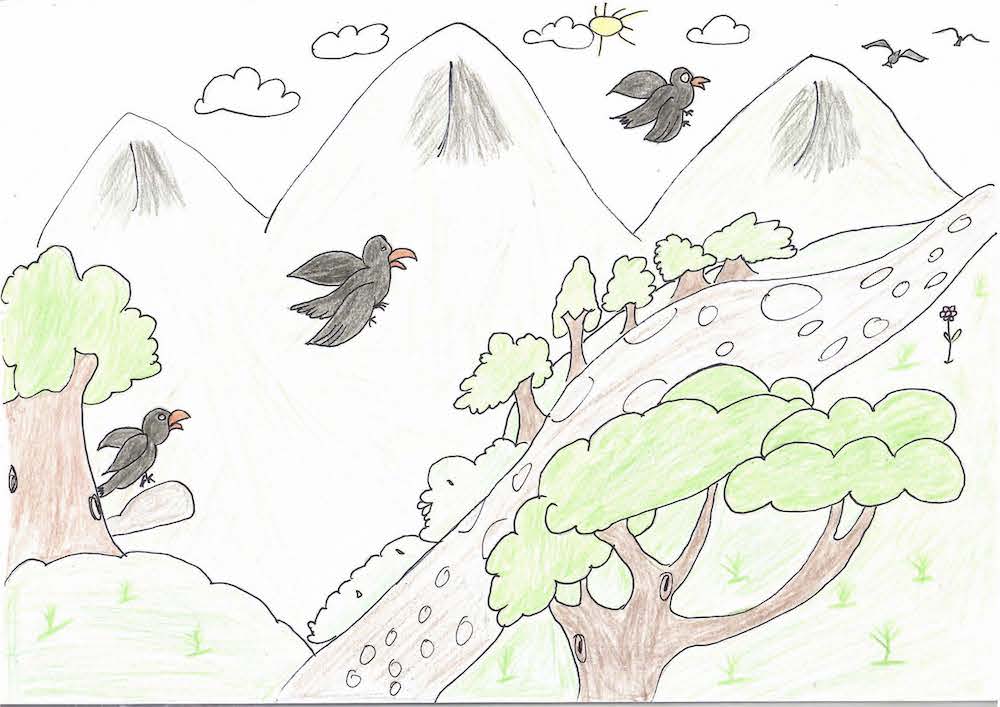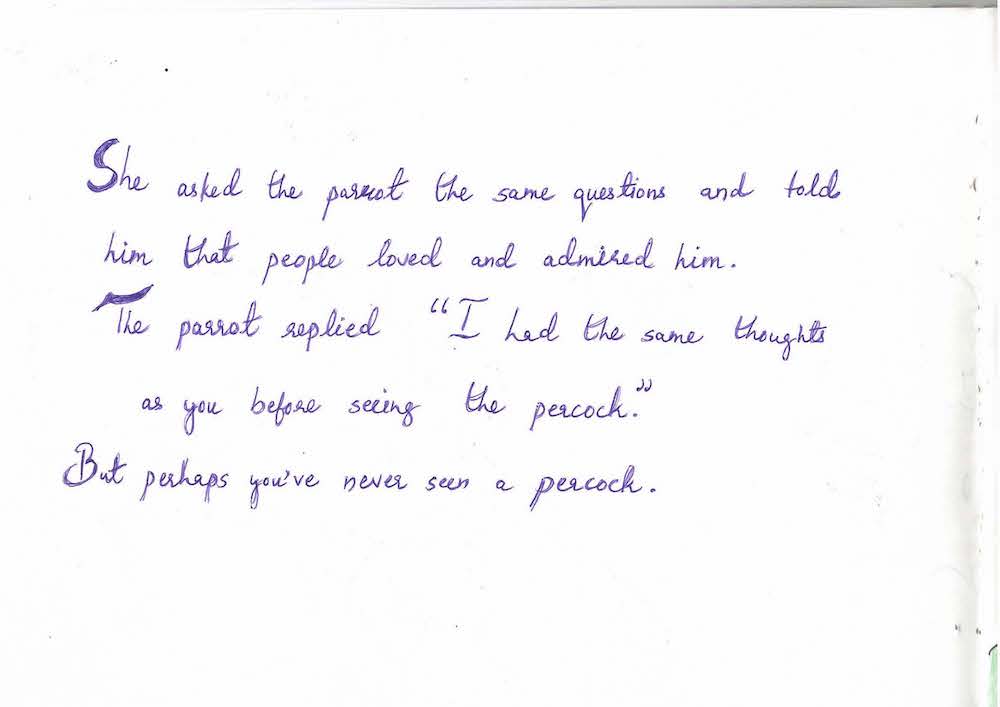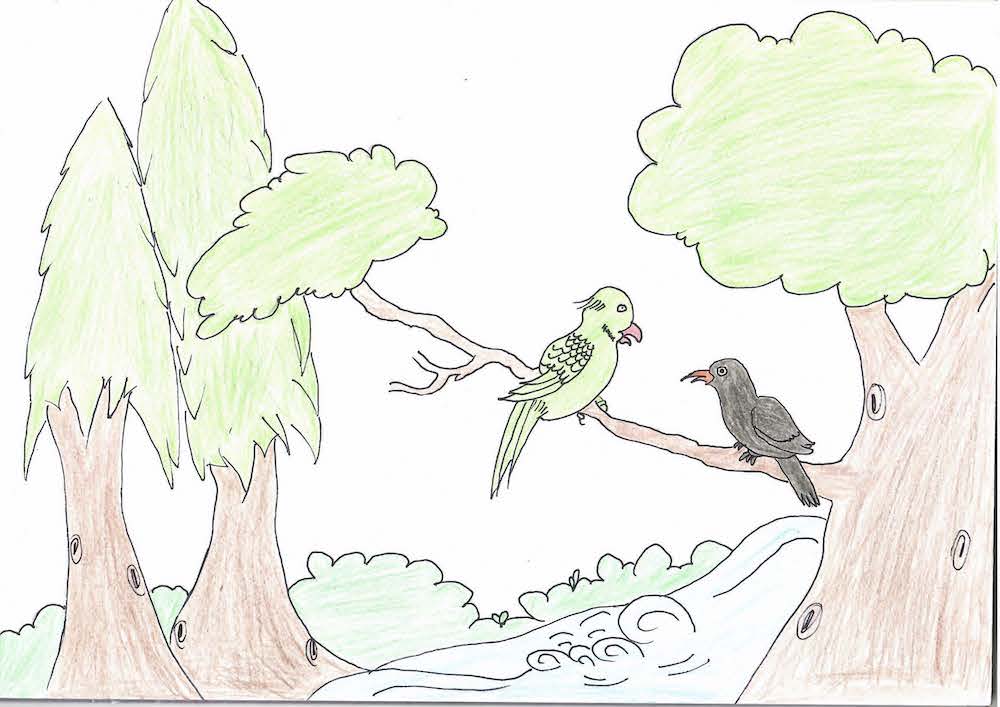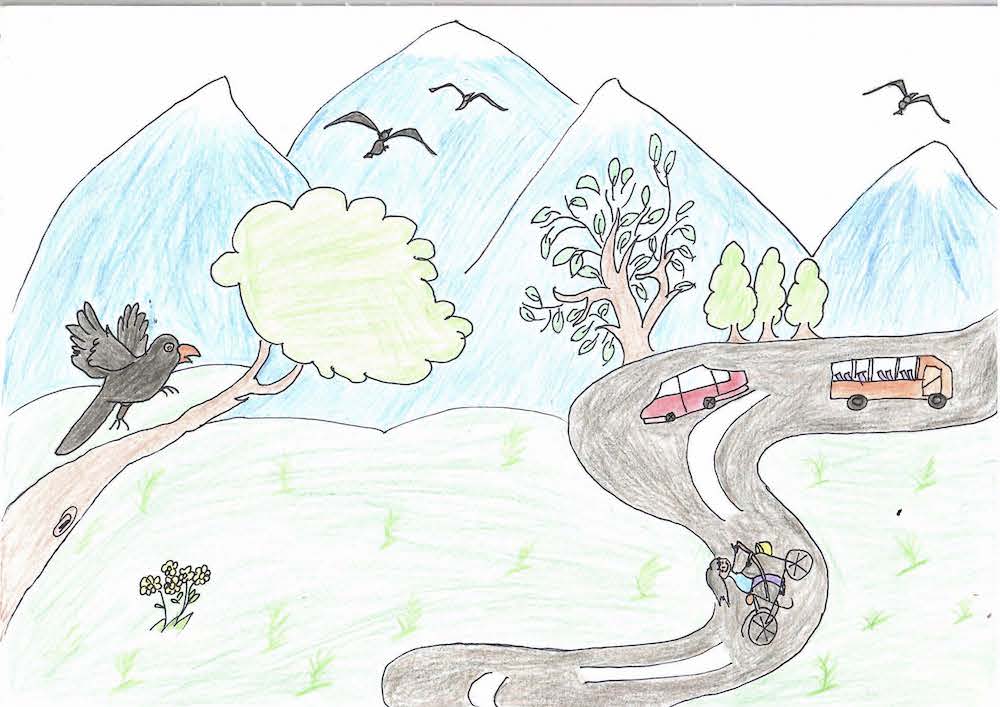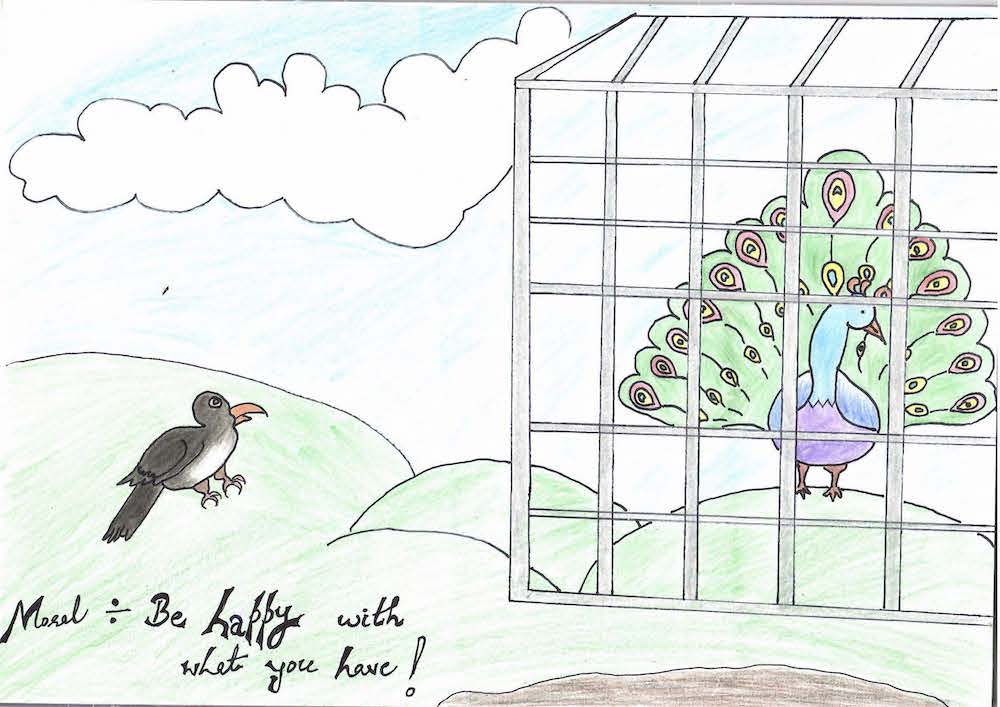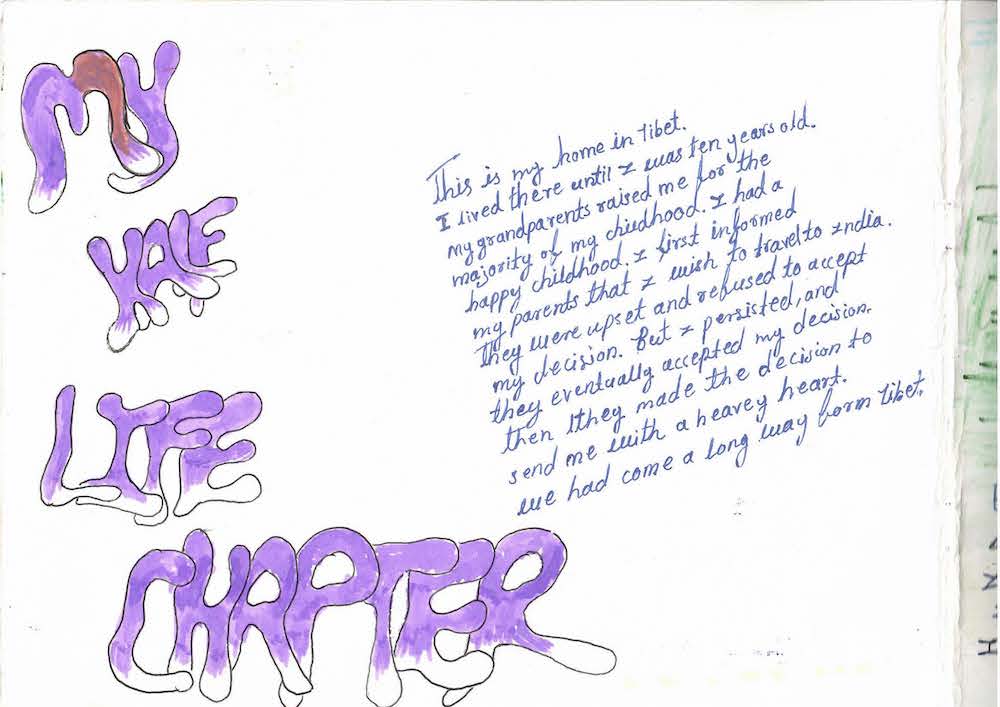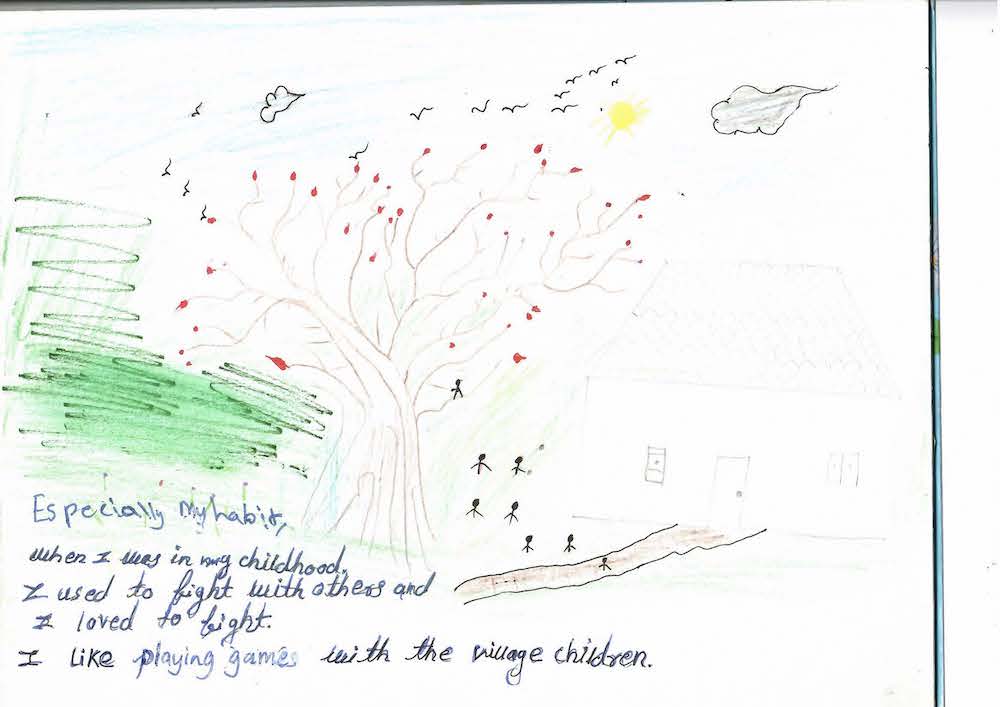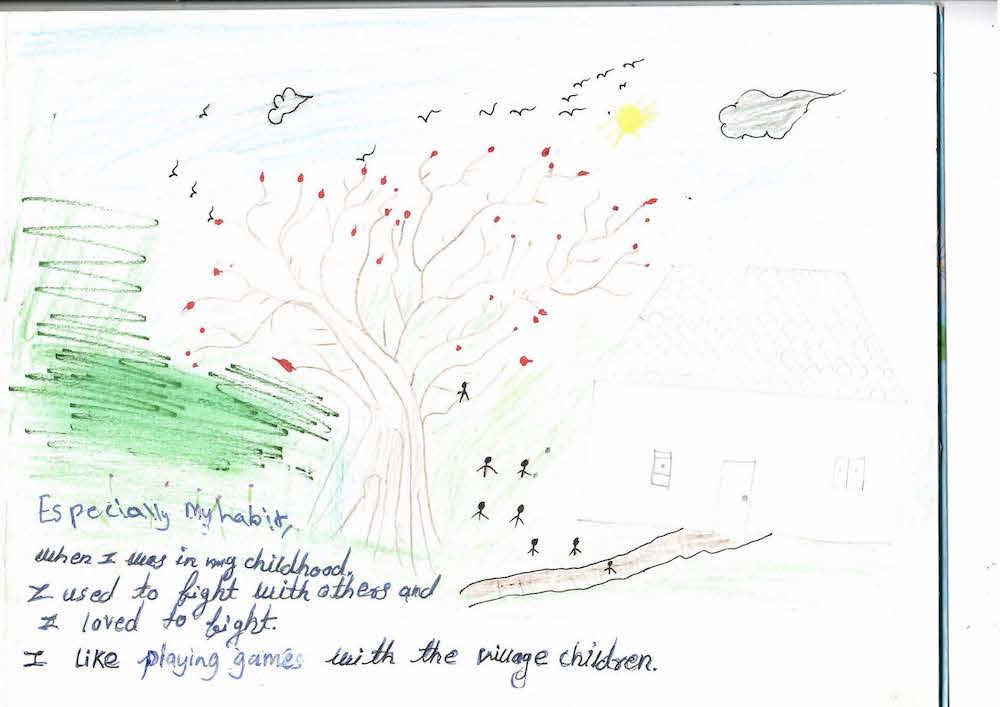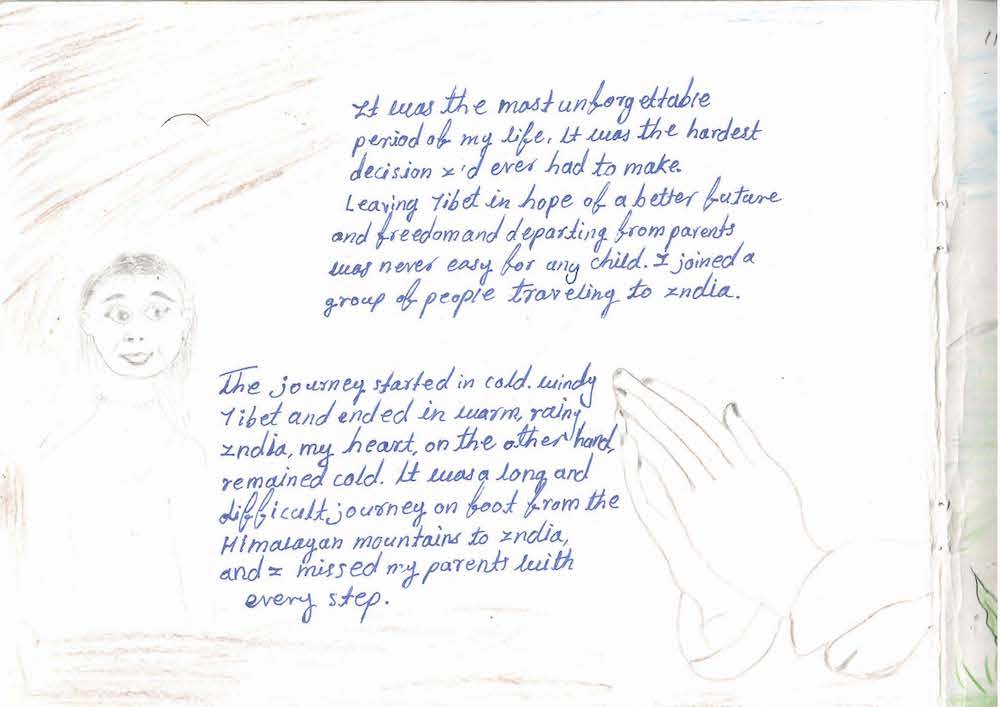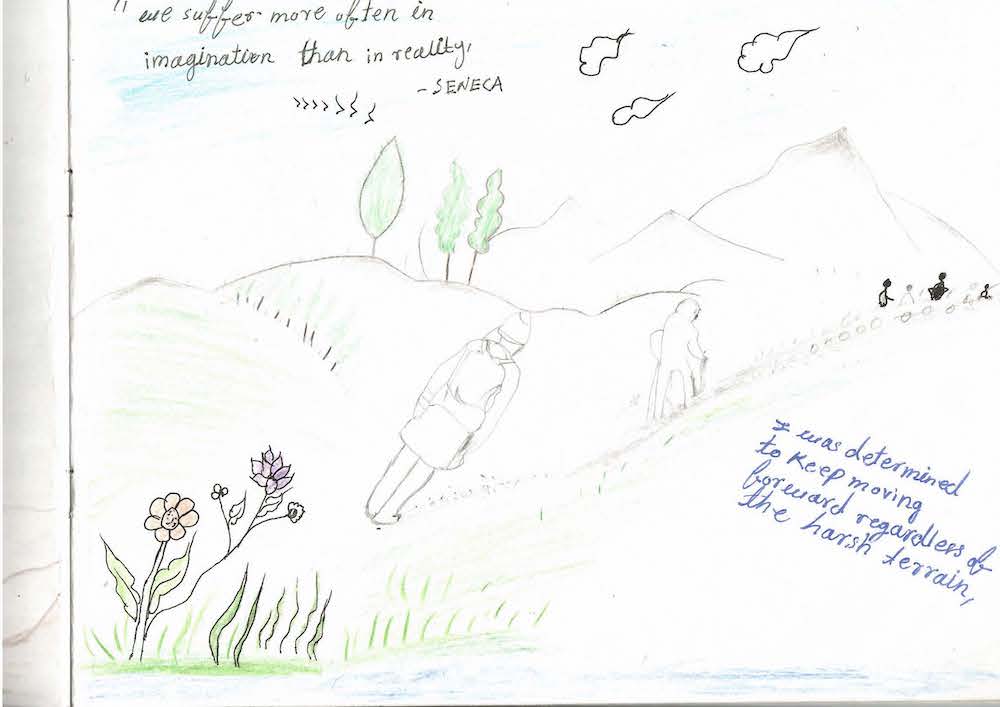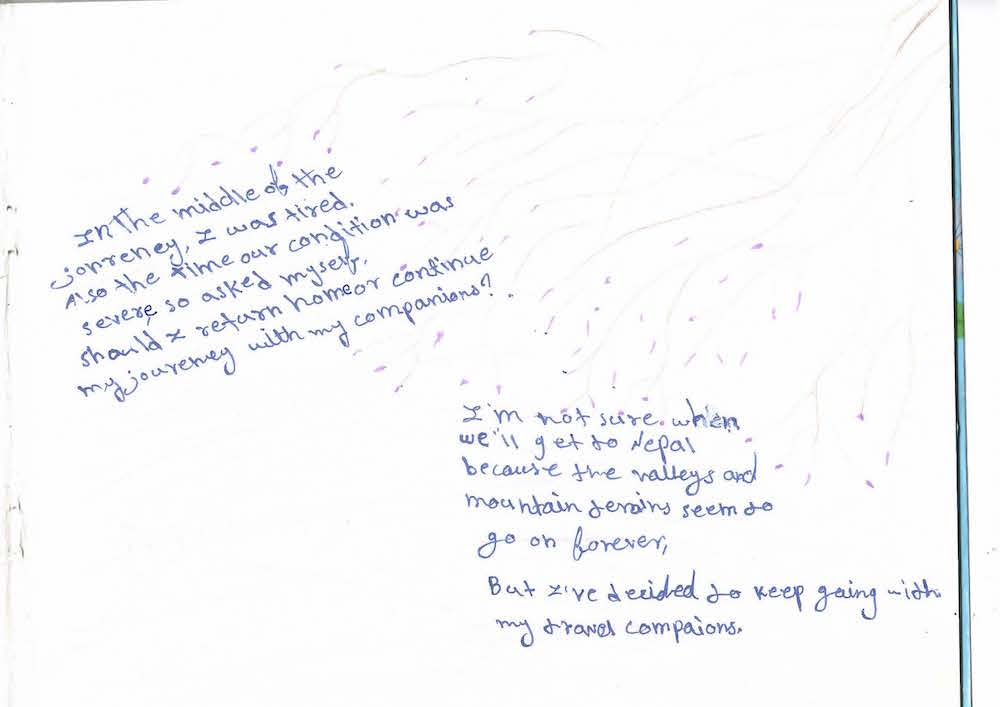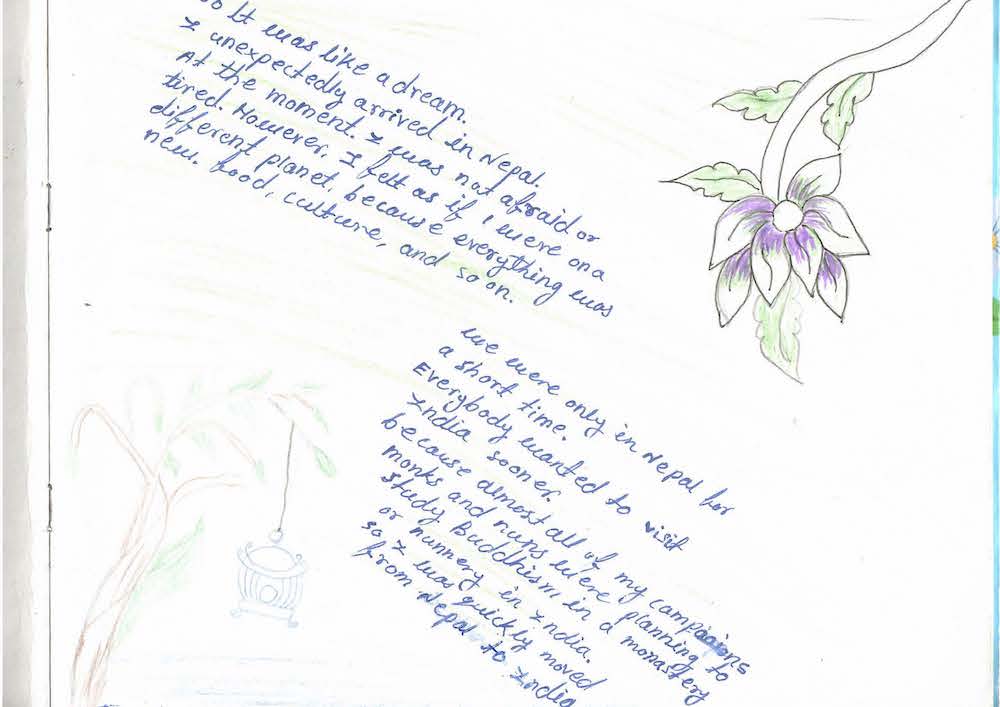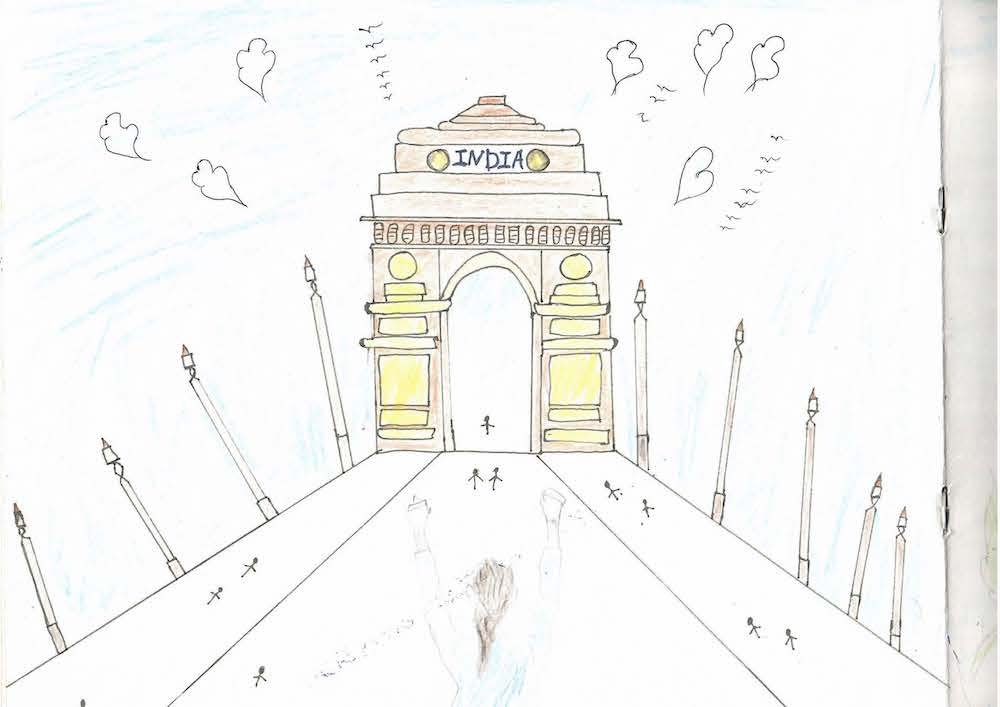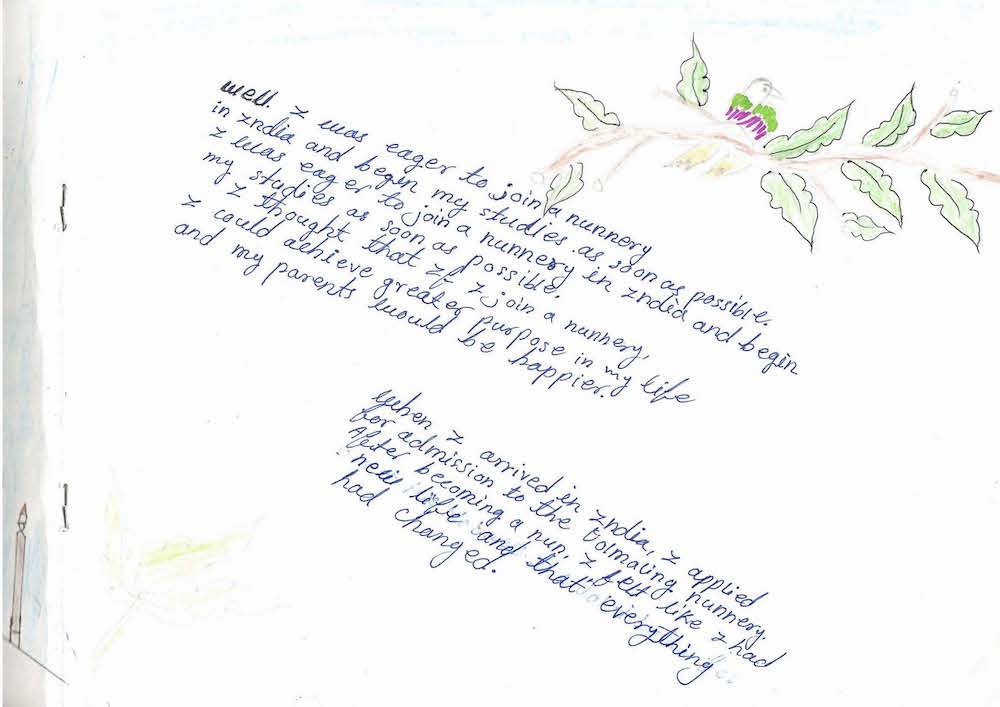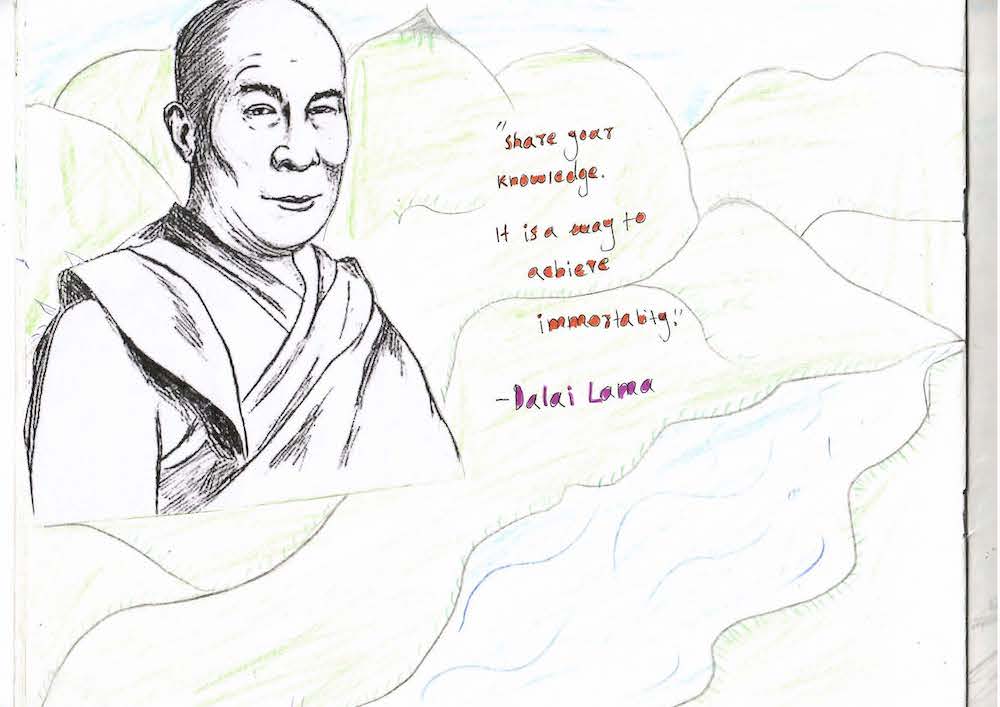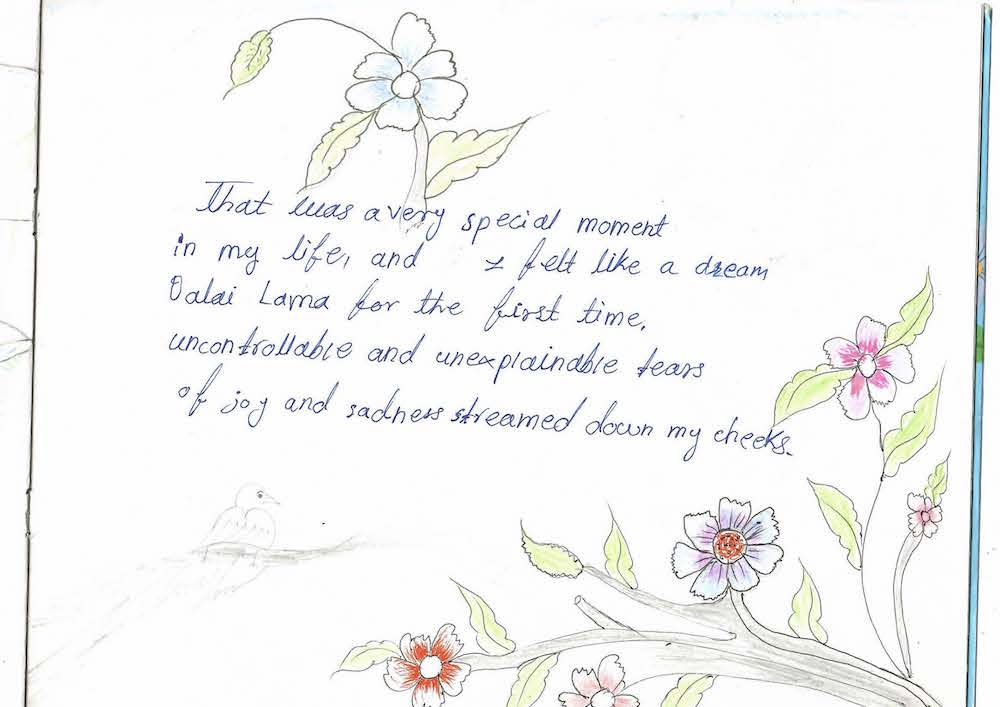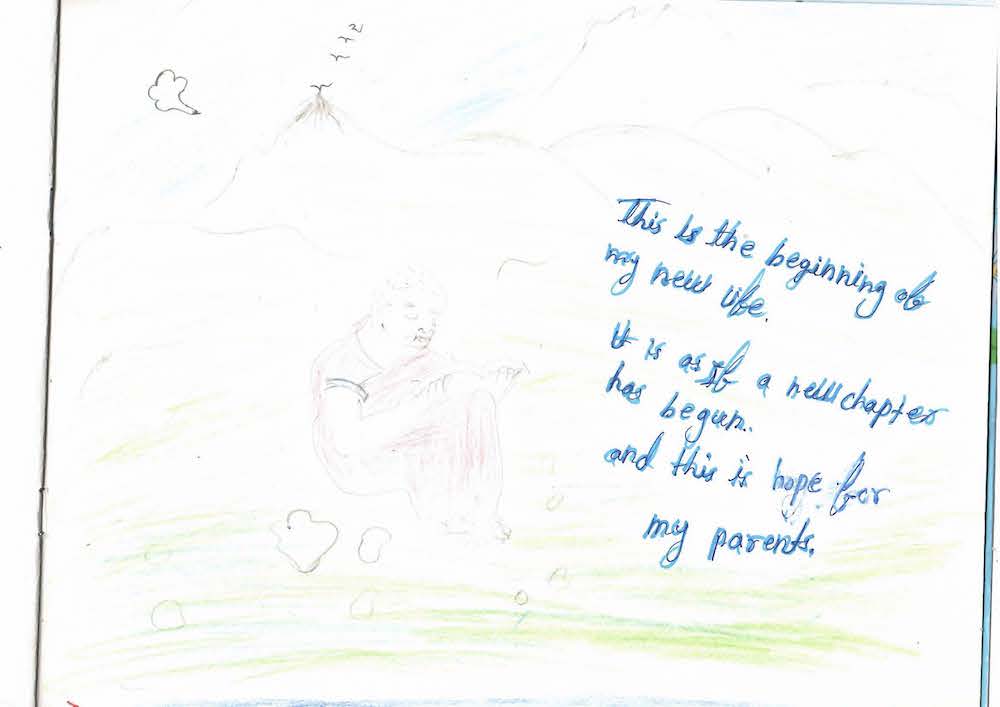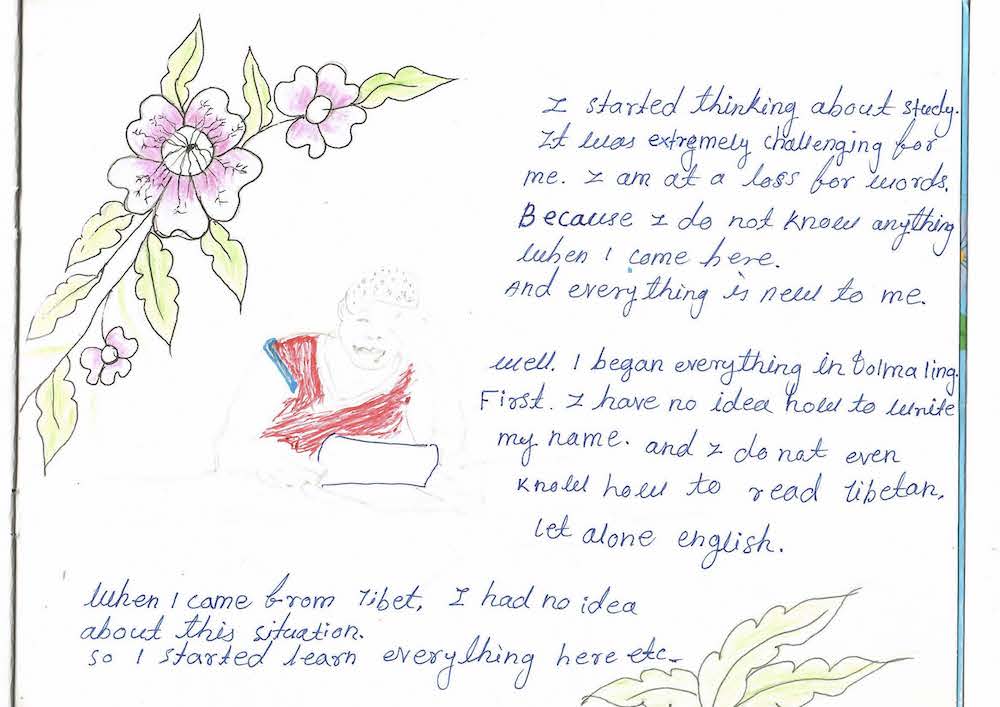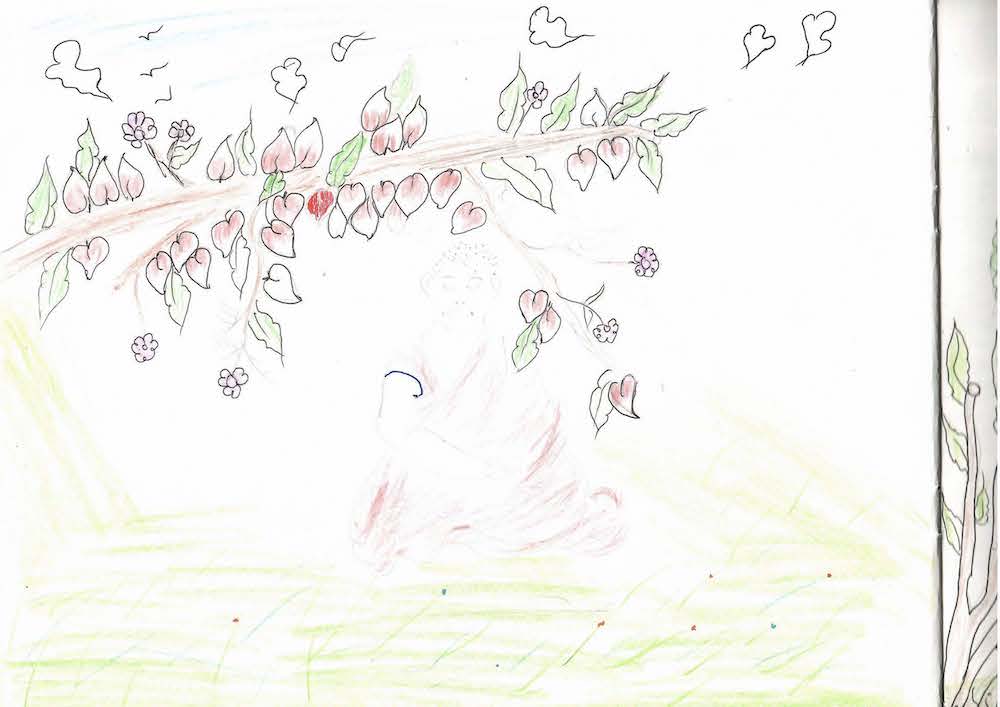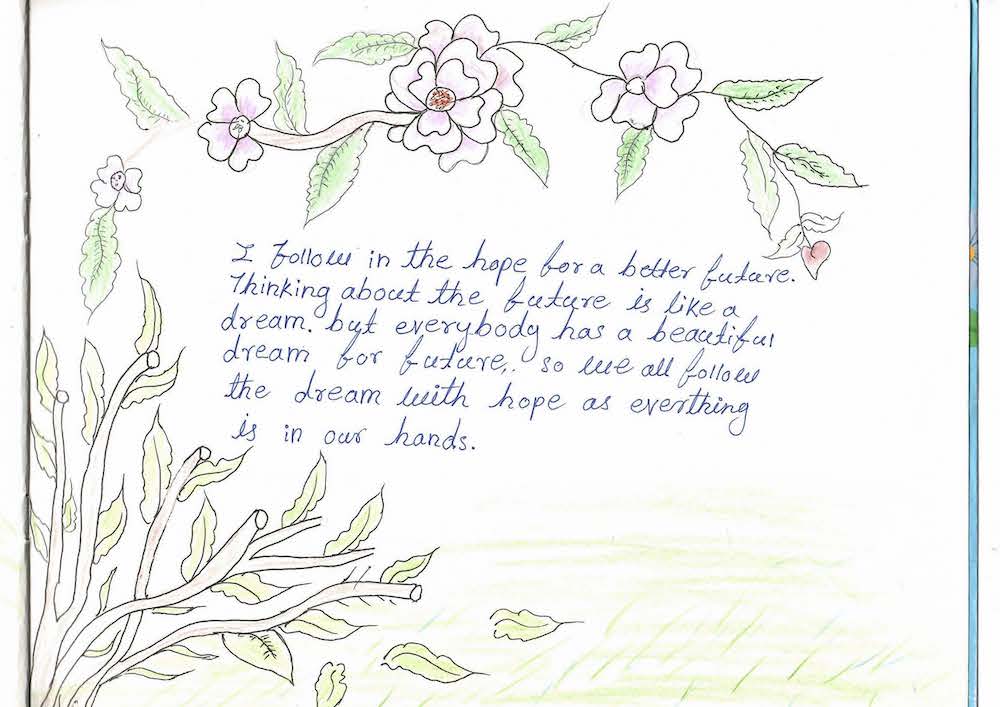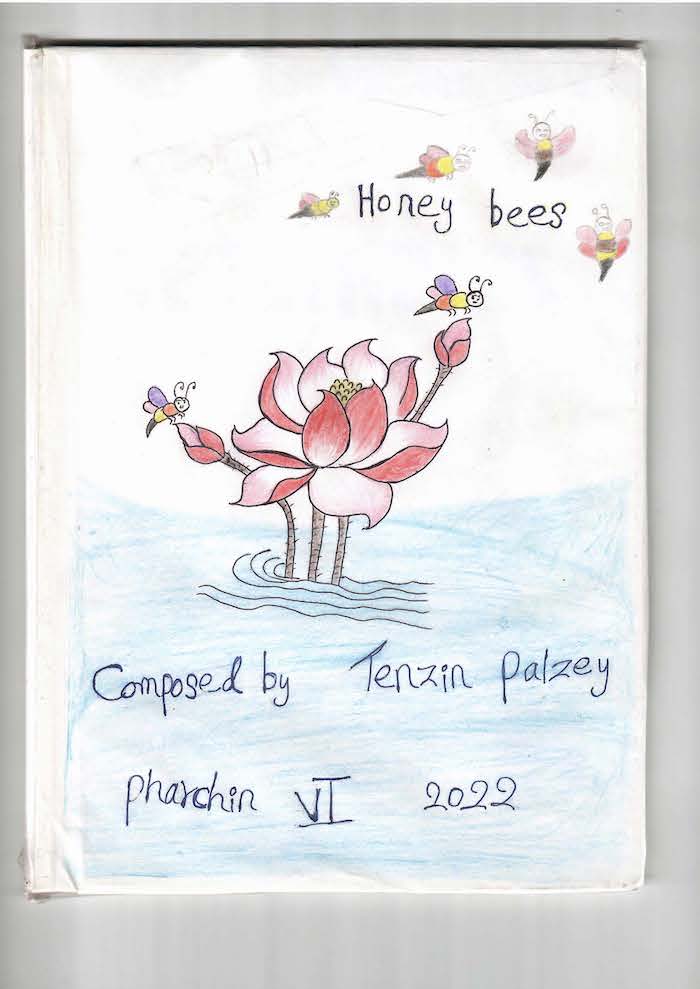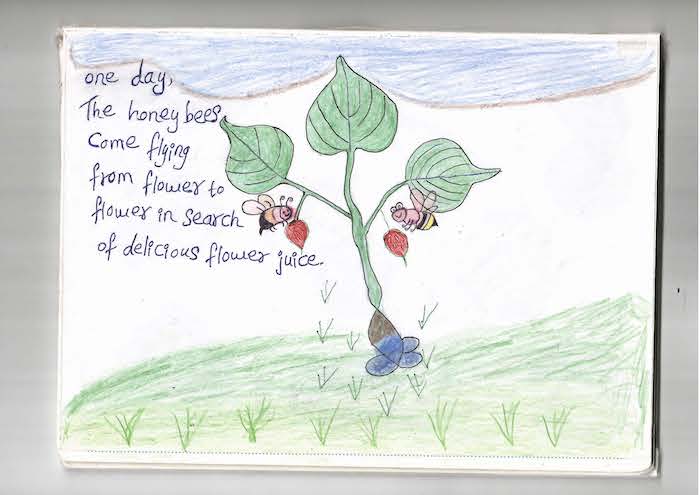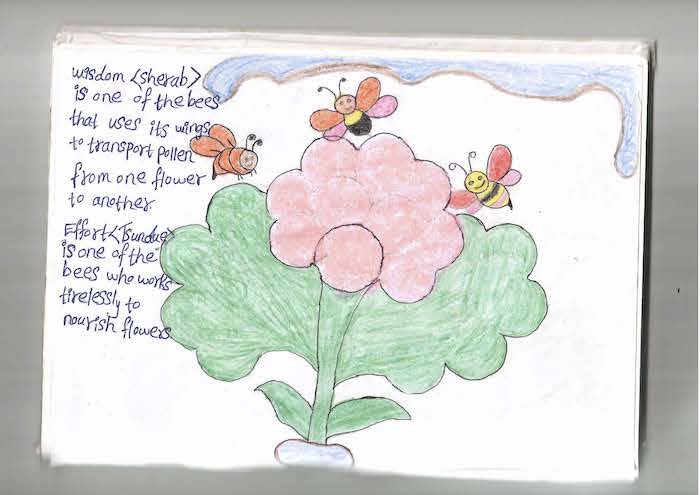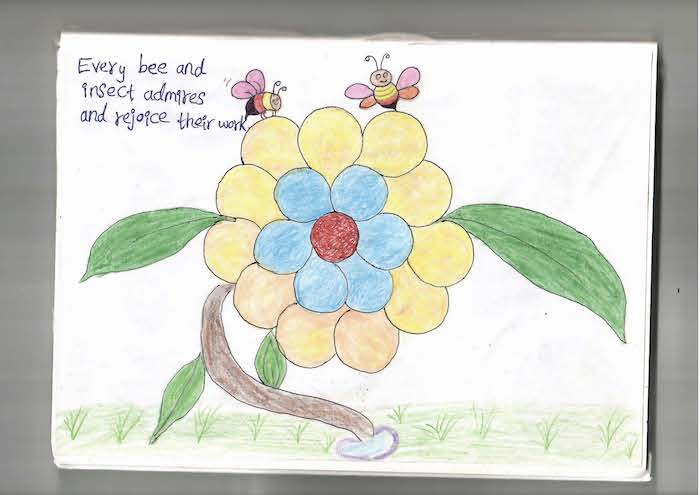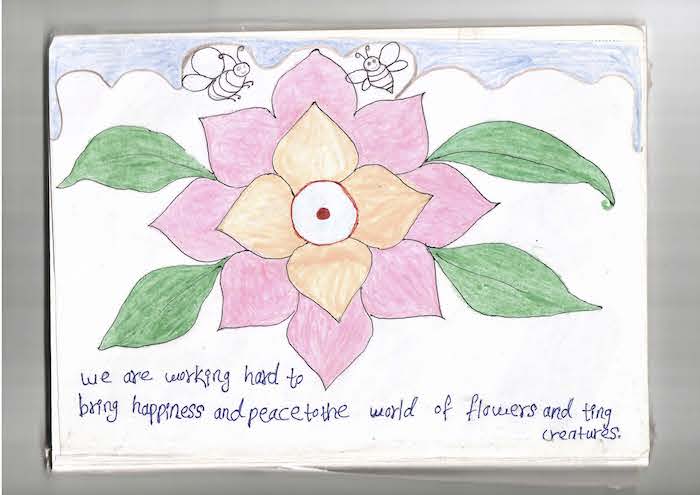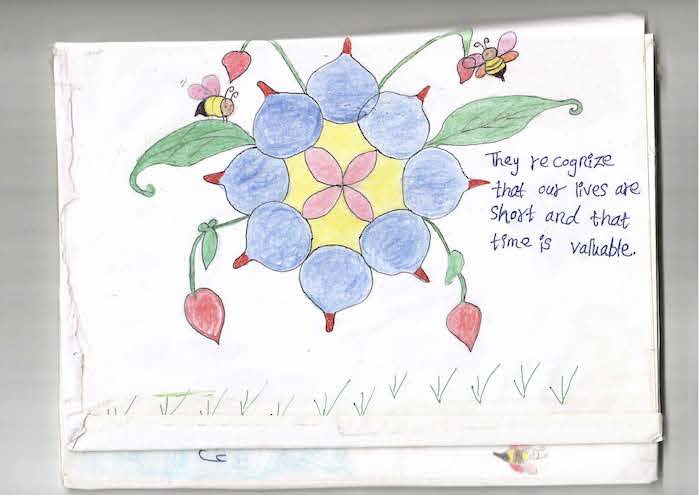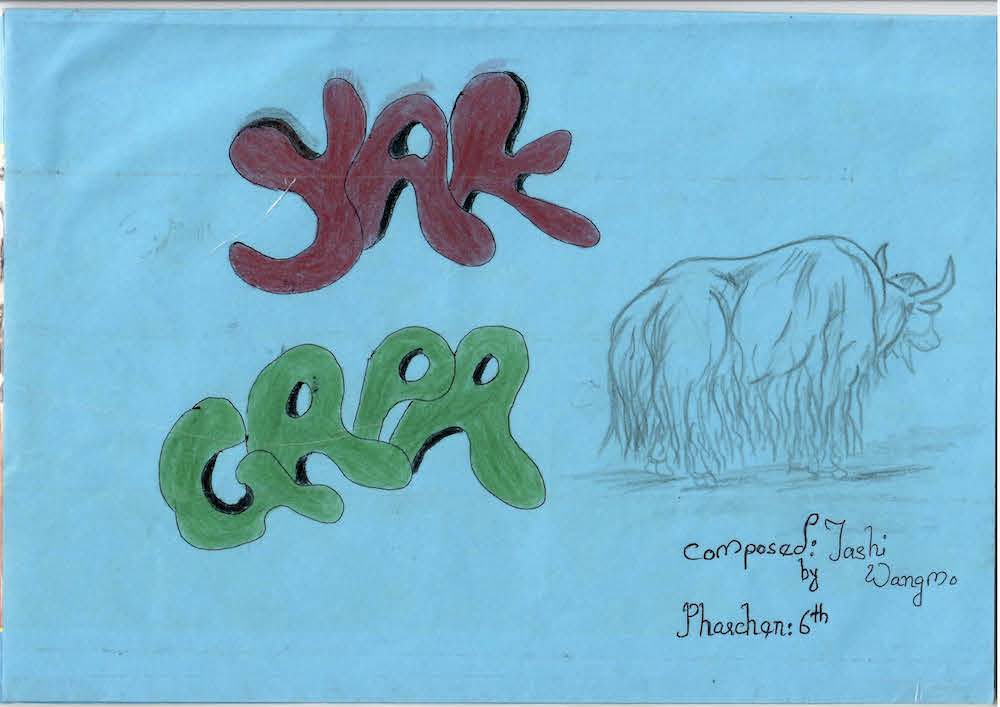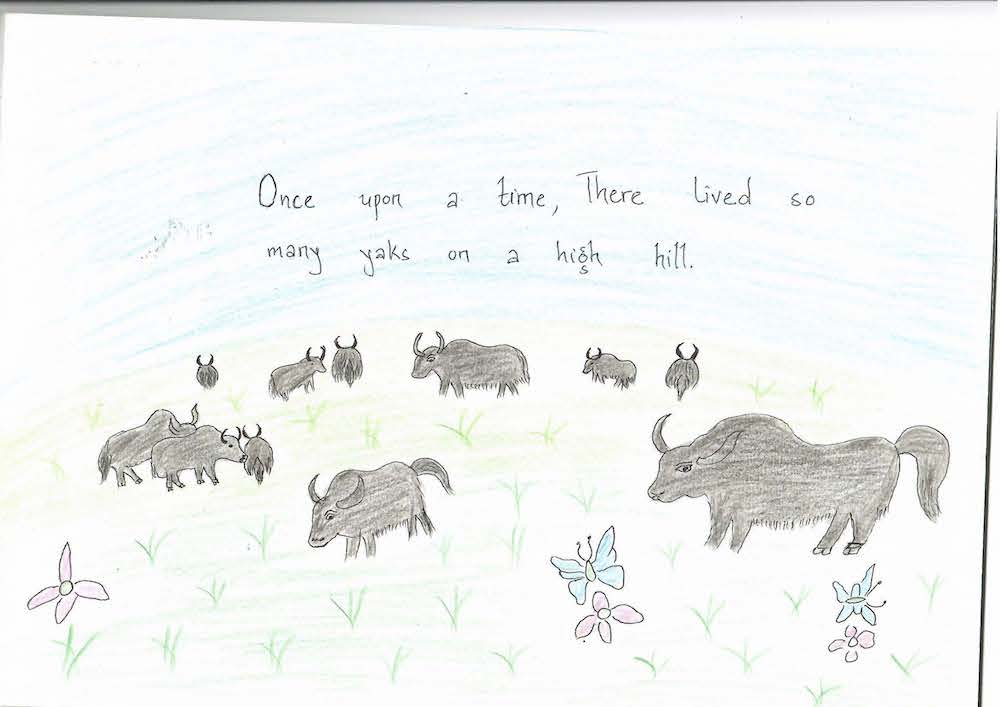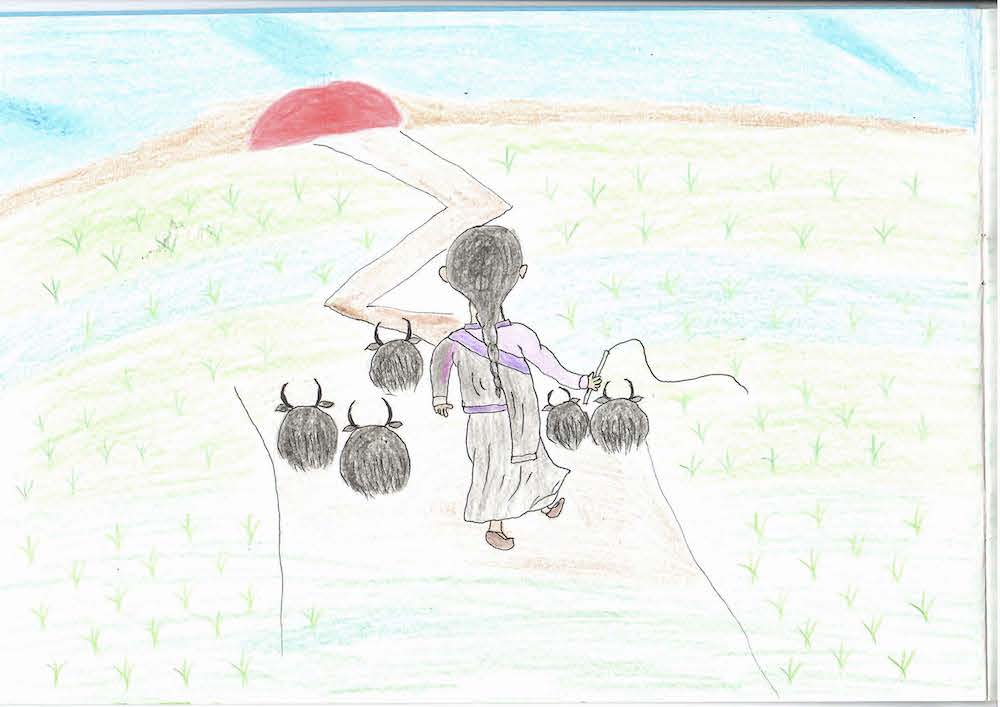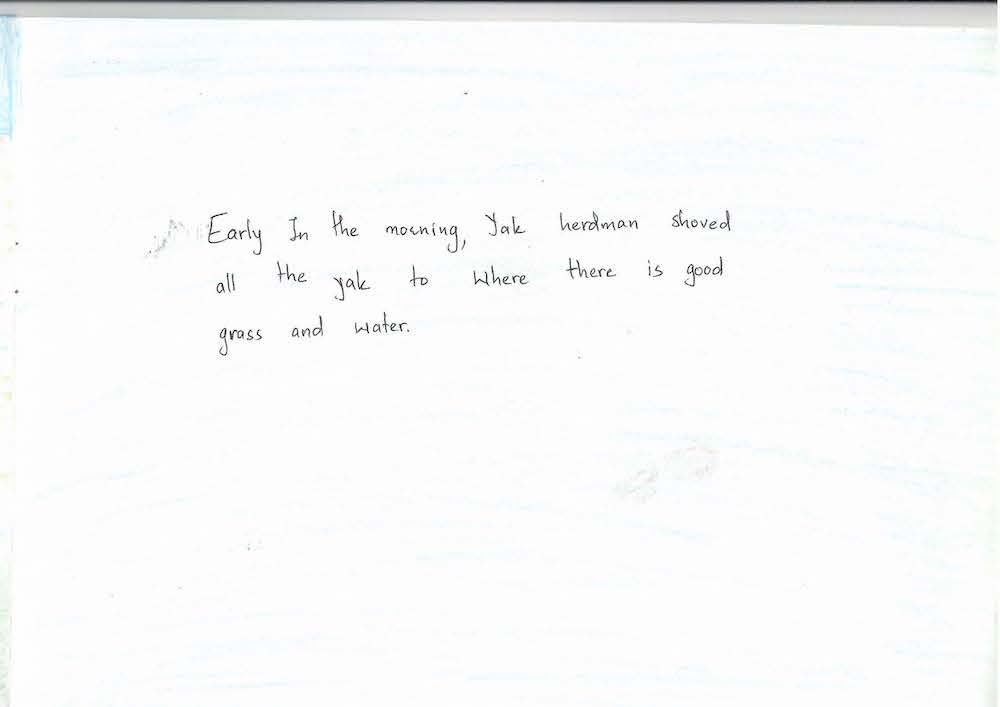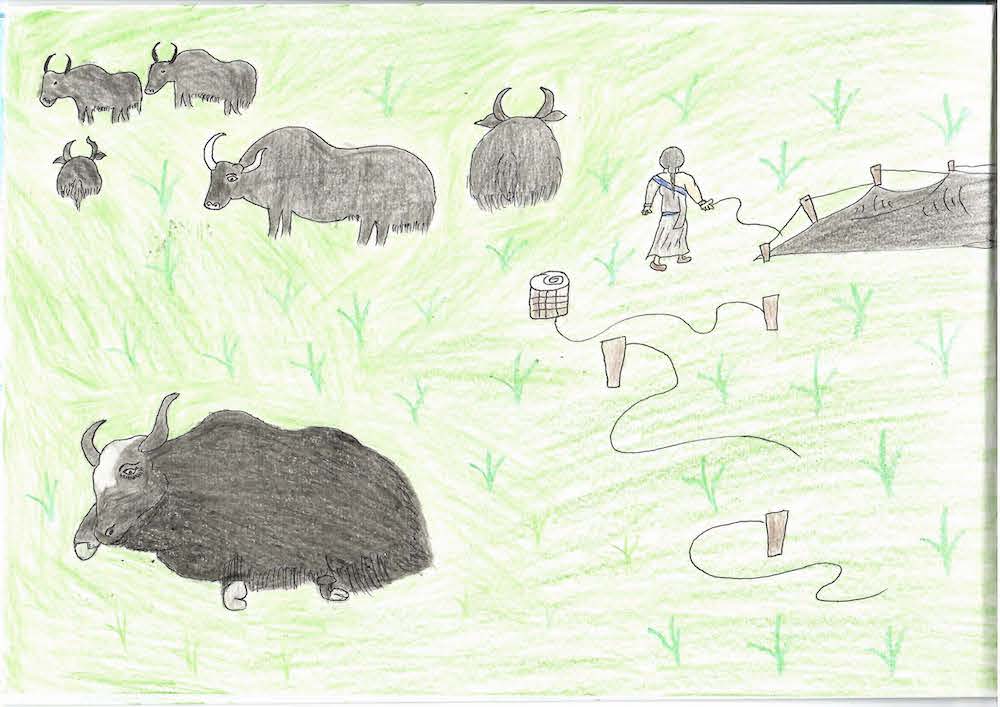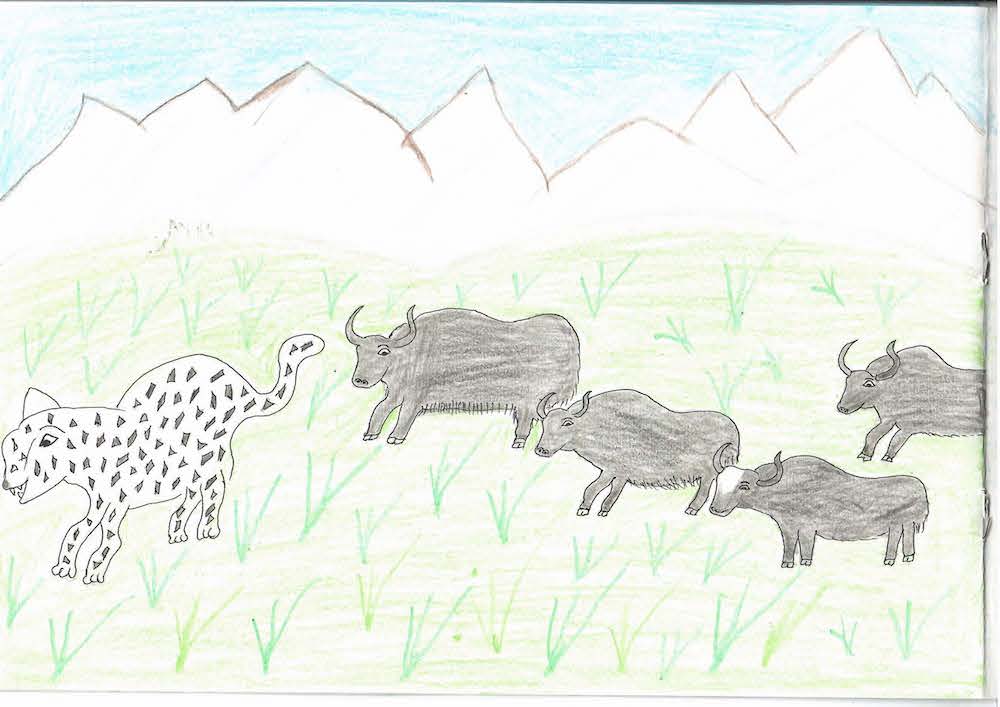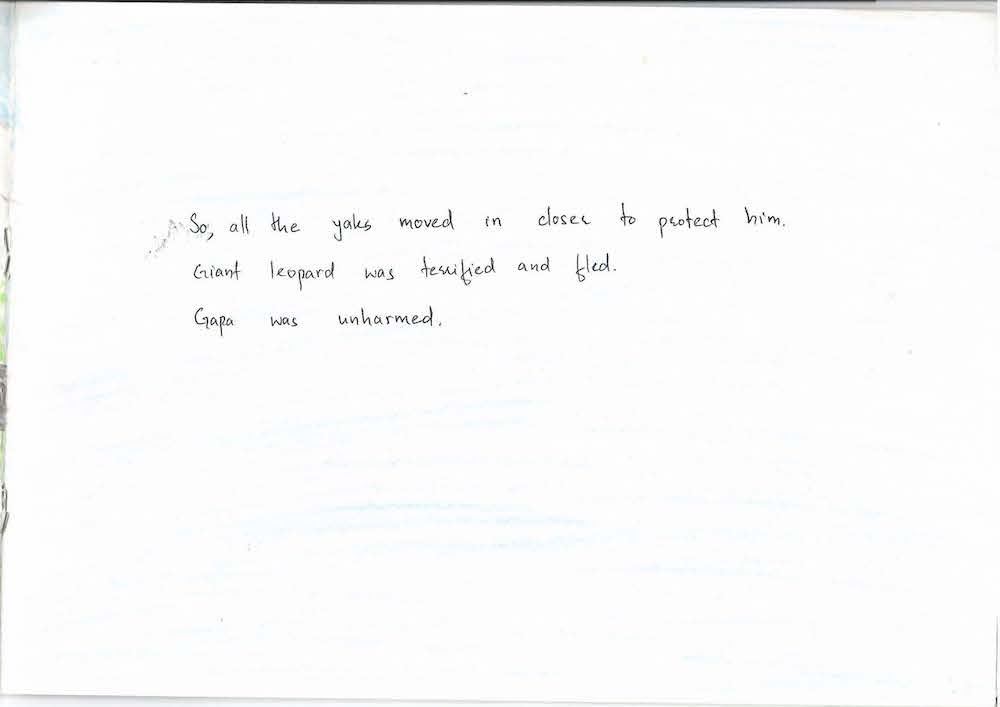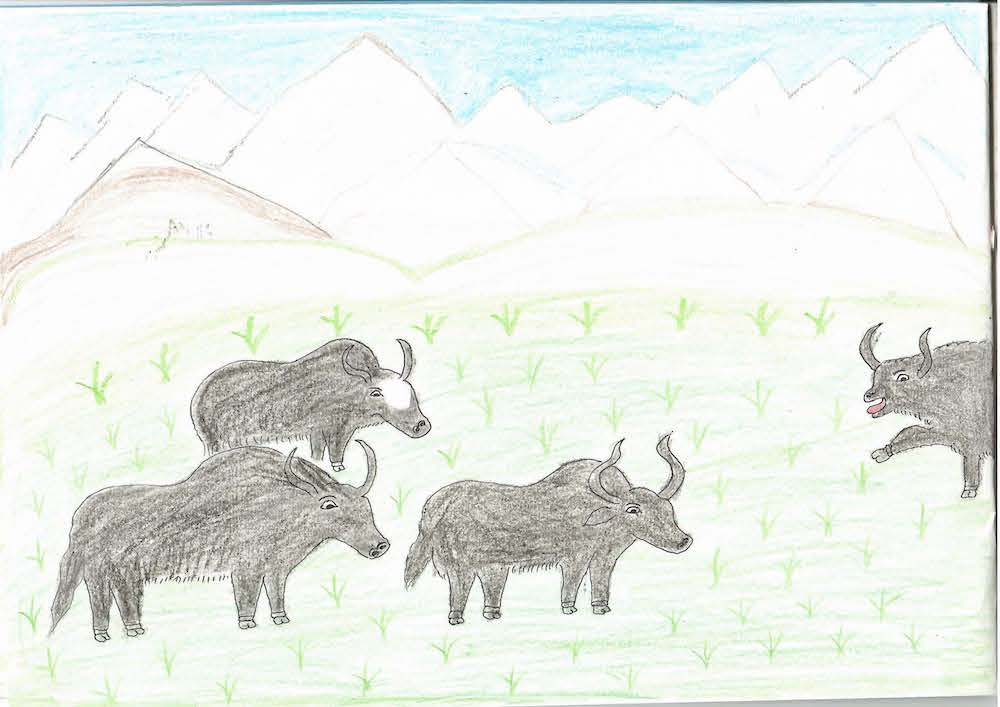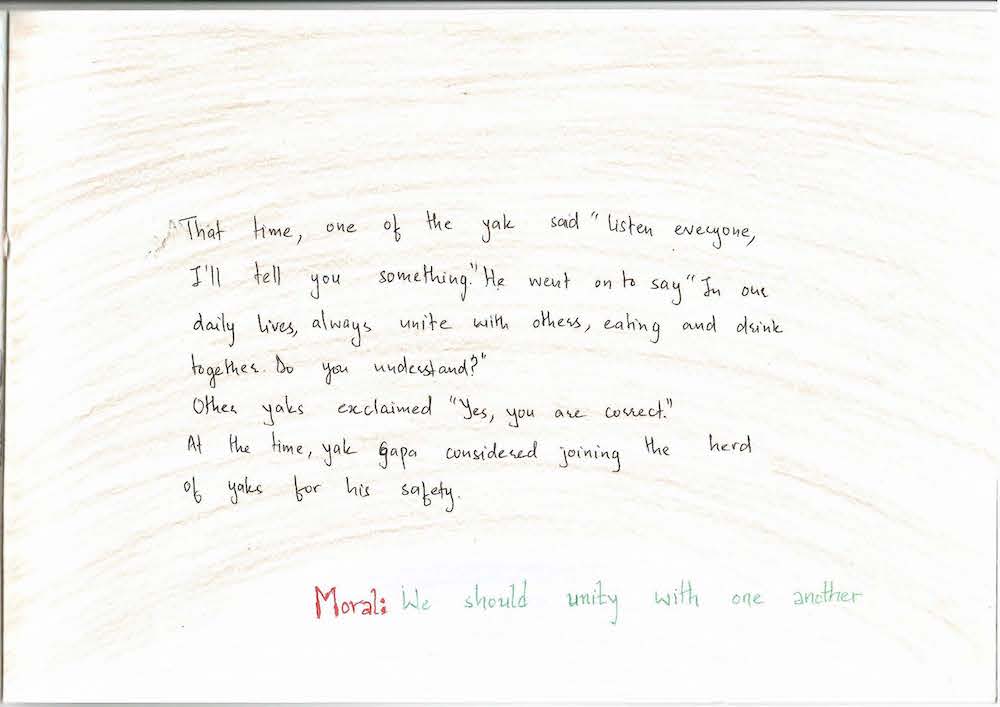Here is a list of important Tibetan Buddhist holidays in 2023 plus other major dates in the Tibetan calendar.

The Tibetan Nuns Project 2023 calendar is available through our online store at tnp.org and has the Tibetan lunar calendar, ritual dates, inspirational quotes, phases of the moon and major US and Canadian holidays. Cost is $12 plus shipping and all proceeds help the nuns.
Each year, the Tibetan Nuns Project publishes a calendar with beautiful images by the nuns. Sales help provide education, food, shelter, and health care for over 800 Tibetan Buddhist nuns living in northern India.
February 21, 2023: Losar, Tibetan New Year

The nuns at Dolma Ling make elaborate and colorful butter sculptures of flowers and Buddhist sacred symbols to decorate an offering table for Losar or Tibetan New Year. Photos by the Dolma Ling Media Nuns.
Losar or Tibetan New Year is a very special time of year. This year Losar is on February 21, 2023. According to the Tibetan calendar it is the start of year of the Water Hare 2150. In the traditional Tibetan calendar each year has an animal, an element, and a number. The year of the Water Hare ends on February 9, 2024 and the year of the Wood Dragon begins the following day on February 10, 2024.

Tibetans hang new prayer flags and burn incense at Tibetan New Year. Photo courtesy of Olivier Adam
The animals in the Tibetan calendar are similar to those in the Chinese zodiac and are in following order: Mouse, Ox, Tiger, Rabbit, Dragon, Snake, Horse, Sheep, Monkey, Bird, Dog, and Boar. The five elements are in this order: Wood, Fire, Earth, Iron, and Water.
Losar-related rituals fall into two distinct parts. First, the nuns like all Tibetans say goodbye to the old year and let go of all its negative or bad aspects. Part of this involves cleaning your home or room from top to bottom.

Each year the nuns make lots of khapse biscuits in various shapes and sizes for Losar. These deep-fried Tibetan cookies are a staple of Tibetan New Year’s celebrations everywhere. Photos by the Dolma Ling Media Nuns
After that, Tibetans welcome the “Losar” or “new year” with prayers and by inviting all good, auspicious things into their homes and lives. They prepare special food such as the fried biscuits called khapse and a noodle soup called guthuk. Here is a recipe for vegetarian guthuk. Tibetans hang new prayer flags and also burn incense and fragrant juniper bows to welcome the new year.
March 10 and March 12: Tibetan Uprising Day

Nuns, monks, and lay people hold Tibetan flags and banners as they take part in a demonstration in Dharamsala, India to mark March 10th, Tibetan Uprising Day. Photo courtesy of the Dolma Ling Media Nuns.
While not a Tibetan Buddhist holiday, March 10th is a very important date in the Tibetan calendar. This year marks the 64th anniversary of the Tibetan National Uprising. Around the world, Tibetans and their supporters remember and pay tribute to all those who have sacrificed their lives for Tibet’s struggle. An estimated one million Tibetans have perished and 98% of monasteries and nunneries were destroyed under the Chinese occupation.
In 1950, Chinese Communist forces invaded Tibet. On March 10, 1959, Tibetans attempted to take back their country with an uprising in Lhasa. The protests were crushed with brutal force.
March 12th, 2023 marks the 64th anniversary of the Tibetan Women’s Uprising. Following the National Uprising Day on March 10th, thousands of Tibetan women gathered in front of the Potala Palace in Lhasa to demonstrate for Tibetan independence.
Read this blog post to learn more about these important dates and why Tibetans are in exile.
June 4, 2023: Saga Dawa Düchen
The most important month in the Tibetan calendar is Saga Dawa, the 4th lunar month which runs this year from May 20 to June 18th 2023. The 15th day of the 4th lunar month, the full moon day, is called Saga Dawa Düchen. Düchen means “great occasion” and this day is the holiest day of the year for Tibetan Buddhists. In 2023, Saga Dawa Düchen is on June 4th.

Every year, during the month of Saga Dawa, over a period of several days, the nuns at Dolma Ling Nunnery read the entire Tibetan Buddhist canon or Kangyur, the 108 volumes of the spoken words of the Buddha. Photo courtesy of the Nuns’ Media Team.
Saga Dawa Düchen commemorates the birth, enlightenment, and parinirvana of Buddha Shakyamuni. In other Buddhist traditions, this occasion is known as Vesak or is sometimes called Buddha Day.
Saga Dawa is known as the month of merits. Tibetans believe that during this month the merits of your actions are multiplied. Tibetan Buddhists make extra effort to practice more generosity, virtue, and compassion to accumulate greater merit. On the 15th day of the month or Saga Dawa Düchen the merits of your actions are hugely increased.

Tibetan Buddhist nuns at Dolma Ling read the Kangyur, the spoken words of the Buddha, during the holy month of Saga Dawa in 2021. Photo by the Dolma Ling Media Nuns
Every year, during the month of Saga Dawa, over a period of several days, the nuns at various nunneries read the entire Tibetan Buddhist canon or Kangyur, the 108 volumes of the spoken words of the Buddha.
July 3, 2023: Universal Prayer Day

As on other auspicious occasions, such as Tibetan New Year and His Holiness the Dalai Lama’s birthday, nuns burn fragrant juniper boughs. Photo by the Dolma Ling Nuns’ Media Team
Universal Prayer Day or Dzam Ling Chi Sang falls on the 15th day of the 5th month of the Tibetan Lunar calendar, so in June or July. It is a time for spiritual cleansing. Tibetans hang prayer flags and burn juniper twigs.
July 6: His Holiness the Dalai Lama’s Birthday

Around the world, His Holiness the Dalai Lama’s birthday on July 6th is celebrated with happiness and prayers for his good health and long life. This year, His Holiness the Dalai Lama turns 88. The nuns will pray and make special offerings of tsok, khataks (prayer scarves), and sangsol (incense offering) to His Holiness. It’s a day of celebration with special food, such as Tibetan momos, the steamed savory dumplings that are much loved by Tibetans around the world and that are often made on Tibetan Buddhist holidays. Here is a recipe for vegetarian momos so you can celebrate at home.
July 21, 2023: Buddha’s First Teaching
Called Chokhor Düchen, this important day falls on the fourth day of the sixth lunar month. This day is the third “great occasion” (düchen) in the Tibetan Buddhist calendar. It celebrates the first teaching by the historical Buddha, named Siddhartha at birth and commonly known as Shakyamuni Buddha.
On this day, over 2,500 years ago, the Buddha gave the teaching of the Four Noble Truths in Sarnath, shortly after attaining enlightenment in Bodhgaya. This event is known as the “turning of the wheel of dharma”. In Theravada traditions, this event is remembered on Dhamma Day also known as Asalha Puja and is generally marked on the full moon of the eighth lunar month. To celebrate Chokhor Düchen, Tibetan Buddhists make pilgrimages to holy places, offer incense, and hang prayer flags.
November 4, 2023: Buddha’s Descent from Heaven

Tibetan Buddhist nuns praying. Photo courtesy of Olivier Adam.
Another “great occasion” or düchen in the Tibetan Buddhist calendar is Lhabab Düchen. This date commemorates the Buddha’s descent from the heavenly realm, where he had gone to impart teachings to his mother, Maya Devi (or Mayadevi), who had been reborn there. She had passed away seven days after his birth. To repay her kindness and liberate her from Samsara, and also to benefit the gods, Buddha spent three months teaching in the realm of the gods.
Lhabab Düchen occurs on the 22nd day of the ninth lunar month, according to the Tibetan calendar. On this day, the karmic effects of our actions are multiplied millions of times. In the Tibetan Buddhist tradition, people engage in virtuous activities and pray to gain merit and to mark this special occasion.
February 10, 2024: Losar (Tibetan New Year)

Butter sculptures and offerings made by the Tibetan nuns for Losar, Tibetan New Year.
Losar in 2024 falls on February 10th and is the start of the Year of the Wood Dragon, 2151 according to the Tibetan calendar.
Keep Track With the Tibetan Nuns Project Calendar
You can order our 2023 Tibetan Nuns Project calendar. It’s a great way to keep track of the Tibetan Buddhist holidays and all the special events throughout the year. The calendar has the dates of the Tibetan lunar calendar, Tibetan holidays, and special ritual days for Tibetan Buddhist practices. It costs $12 plus shipping and your purchase helps support over 800 Tibetan Buddhist nuns and seven nunneries in India.






















